
South America is home to stunning scenery, rich cultures, and incredible history, but some places come with serious safety concerns due to high crime rates, political instability, and ongoing conflicts. If you’re thinking about traveling through the region, there are some countries that you should probably avoid.
Venezuela’s Crime Rate Remains One of the World’s Highest
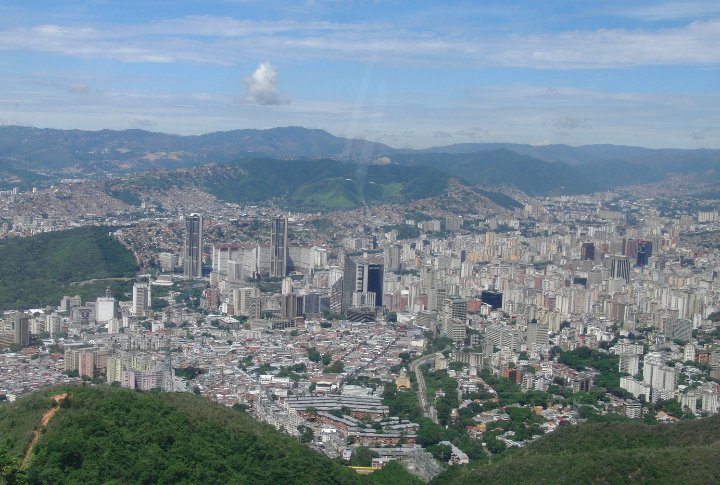
Fueled by economic collapse and political turmoil, Venezuela continues to struggle with severe violations. Caracas consistently ranks among the most dangerous cities globally, with high rates of homicides, armed robberies, and kidnappings. Even law enforcement has been accused of corruption and extrajudicial killings.
Colombia Still Battles Organized Crime Despite Progress
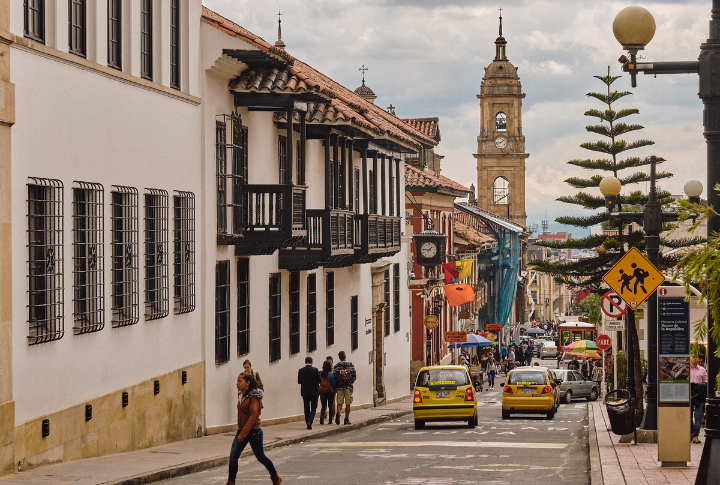
Colombia has made significant strides in improving safety, but organized crime remains a serious issue. Armed groups like the ELN and paramilitary factions still operate in rural areas, engaging in drug trafficking, extortion, and kidnappings. While cities like Bogota and Medellin are safer than before, certain regions remain off-limits due to ongoing conflicts and criminal activity.
Brazil’s Favelas Are No-Go Zones for Tourists
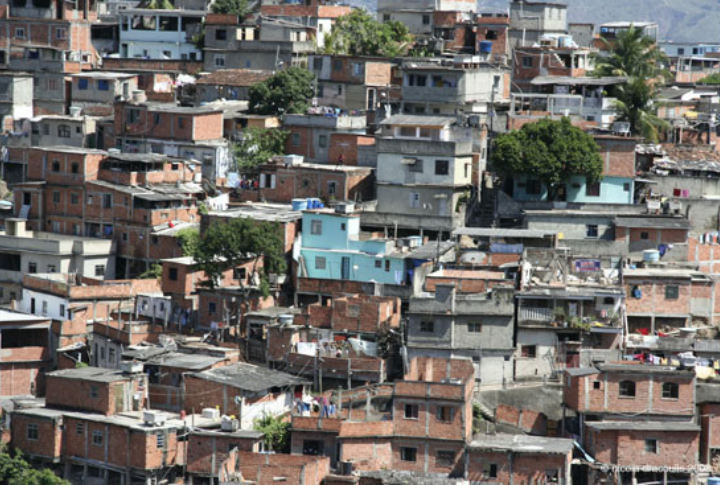
Brazil is notorious for its high crime rates, with some of the most dangerous urban areas in the world. Rio de Janeiro and Sao Paulo struggle with gang activity, police brutality, and street felony. The favelas, or informal settlements, are especially hazardous, with drug cartels controlling entire neighborhoods.
Ecuador’s Crime Wave Has Alarmed Officials
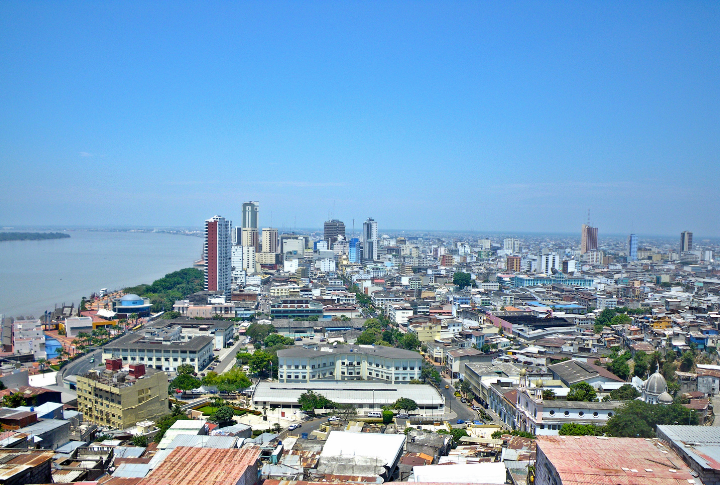
Ecuador was once considered relatively safe, but serious offenses have surged in recent years. Drug trafficking routes have expanded, and coastal cities like Guayaquil have become hotspots for gang-related killings and cartel activity. The U.S. government even raised its travel advisory for Ecuador in 2023, warning about kidnappings and armed robberies.
Peru’s Criminal Networks Threaten Public Safety
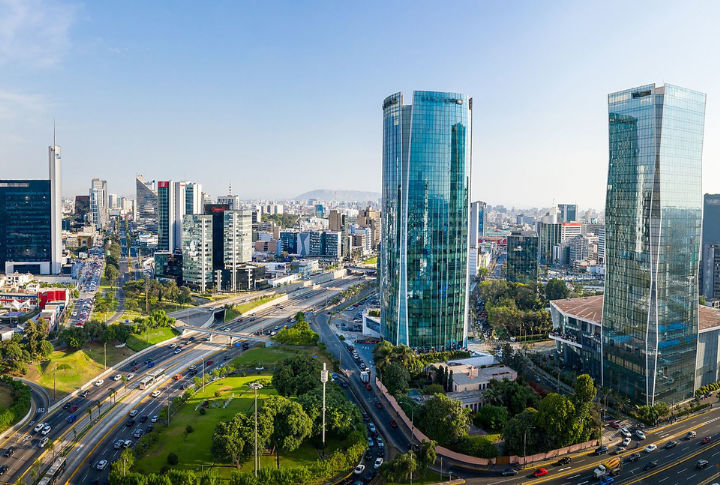
Tourists flock to Peru for Machu Picchu and the Amazon, but safety is a growing concern. Criminal networks run extortion and robbery operations, particularly in Lima. Express kidnappings—where victims are forced to withdraw money—are a problem in urban areas. Political protests sometimes spiral out of control, shutting down roads and putting both visitors and locals in danger.
Argentina’s Economic Crisis Has Fueled Street Crime
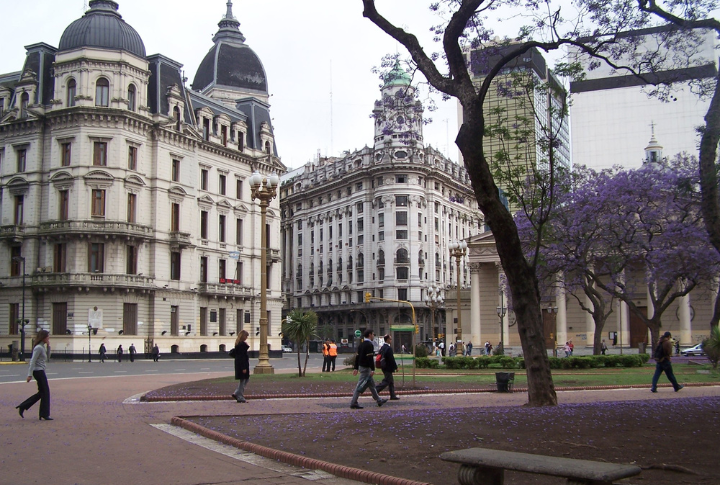
Argentina isn’t known for a severe crime like some of its neighbors, but its struggling economy has led to a rise in theft and armed robberies. Buenos Aires has seen an increase in purse snatchings and motorcycle thieves targeting pedestrians. Some criminals use distractions, like spilling liquid on a victim, before making off with wallets, phones, and passports.
Paraguay’s Border Regions Are Hotbeds for Smuggling

Asuncion, Paraguay’s capital, is relatively safe compared to other cities in South America, but border towns tell a different story. Ciudad del Este, near Brazil, is notorious for smuggling and organized activities. Drug cartels and counterfeit operations thrive in these areas, making them risky for outsiders.
Bolivia’s Political Unrest Can Quickly Become Dangerous
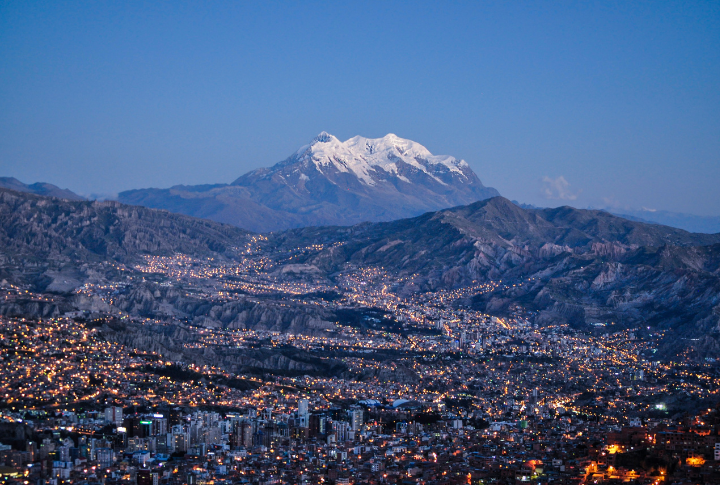
Bolivia has seen waves of political protests, some of which have escalated into clashes with security forces. Roadblocks, strikes, and demonstrations can quickly turn chaotic for travelers. While severe offenses aren’t as common as in other South American nations, petty theft and muggings are frequent, especially in crowded tourist areas like La Paz.
Chile’s Civil Unrest Has Escalated Since 2019
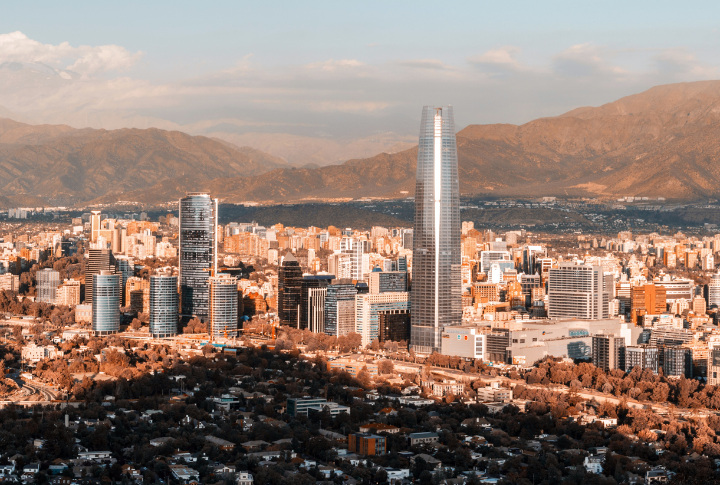
Chile was once one of South America’s safest countries, but things have changed. Since mass protests erupted in 2019, demonstrations, looting, and confrontations with police have become more frequent. Illegal activity in Santiago has also worsened, with armed robberies and carjackings on the rise.
Guyana’s Crime Rates Are Among The Highest In The Region
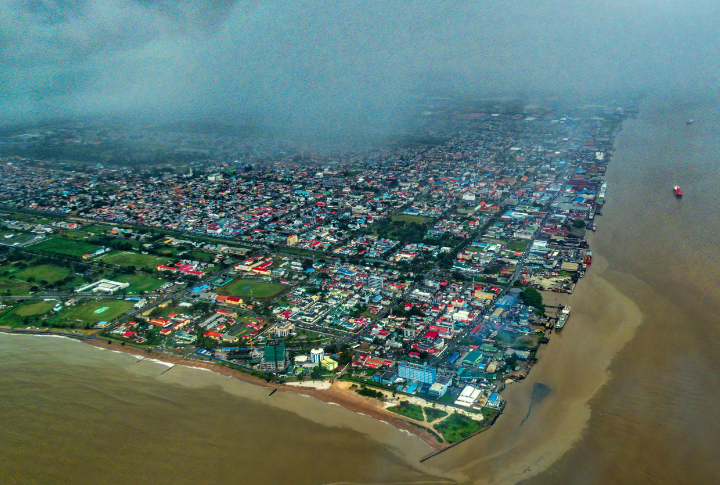
Guyana is often overlooked in discussions about South America, but its crime rate is high. Armed robberies, home invasions, and gang activity make certain areas extremely dangerous. Corruption within law enforcement limits security, and police response times can be slow.

